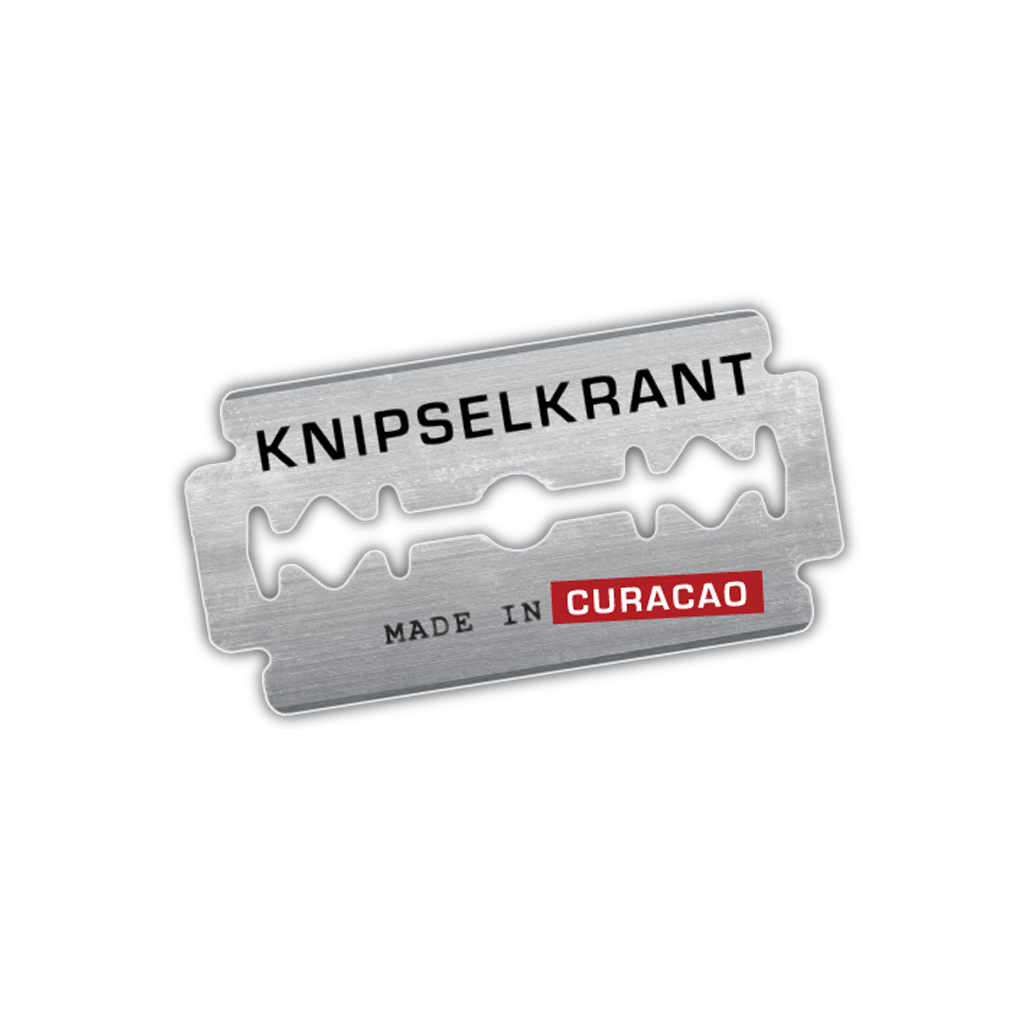
SABA–The Saba government is progressing with the further improvement of waste management. A big step forward is the new, modern air burner of ROI Envirosaver which should become operational after January 2019.
It burns much more effectively and efficiently, can handle a lot more volume, and very importantly, should produce less smoke.
The air burner which has been in operation for many years to burn non-recyclable garbage, uses air to contain smoke and heat. Depending on the wind, the smoke is bothersome for residents and schools in St. Johns. It is not a large installation and is, therefore, used on an almost daily base.
The new air burner will be much larger and can handle three to four times the volume of the current air burner, explained Head of the Planning Bureau Bobby Zagers.
The new burner burns garbage at a higher temperature and generates less smoke. Due to its larger size, it will also not have to operate every day.
The new, much more efficiently operating burner will not be located close to the gut where the current burner is situated, but more to the south, on an empty lot next to the recycling building. And, because the burner will be on tracks, it can be relocated more easily, if needed.
The new ROI Envirosaver burner should be arriving from Canada, via the United States, by the end of this year, and a designer and team will be in Saba in January.
Saba has come a long way where it comes to solid waste management. Much has improved since the landfill was relocated to its current location after Hurricane Hugo, and especially since 2007, with various projects and investments to improve waste management in the broadest sense.
Recycling has led to a vast reduction of the amount of garbage that has to be burned. Recycling is a very important aspect in waste management. “The more people recycle, the less waste has to be burned, which in turn reduces the amount of smoke,” Commissioner Bruce Zagers emphasised.
The Saba government is seeking the cooperation of the community to recycle. This means separating plastics, aluminium, metal cans, glass and carton, and depositing these in the orange bins that have been provided by government. Government is planning a new recycling information campaign.
A new garbage collection schedule will be implemented shortly to improve efficiency. Due to logistical issues with the designated garbage trucks for recyclables, both the orange and grey bins have been picked up by the trucks meant for non-recyclables. This was done on separate runs as not to mix regular garbage with recyclables. The contents of the orange bins are handled separately from the regular garbage in the grey bins that is burned in the air burner.
The recyclables are sorted on a conveyer belt and separated in tin, aluminium, plastics and brown, green and white glass. For maximum effect, the recyclables are also taken out of the garbage from the grey bins as much as possible. This is a very cumbersome and time-consuming process and it is way more effective to sort up front, before the garbage is collected at the businesses and homes.
The glass is crushed per separate colour and placed in large separate bags to be exported. A so-called baler compacts the carton into bales. Tyres are also compacted in the same baler, as are metal cans, plastic bottles and aluminium cans.
These bales are then placed in containers until the volume is sufficient and then shipped out. Large metal pieces, including car wrecks, are all placed in a separate area until transportation can be arranged to get them off island.
The front and back of the recycling building, – a round metal structure erected in 2014 -, suffered damage from Hurricane Irma. The structure itself withstood the hurricane, but the metal facades, including the large doors in the front and back were blown out. The building will be closed to prevent plastics from blowing away and the dust entering the building and damaging equipment.
The back and front will be reconstructed, not with metal, but with concrete and wood. This is for easier maintenance. The doors will be large enough for a loader to get in and out the building in case the equipment inside needs to be moved or replaced.
This project is being financed through a special fund for hurricane damage of the Dutch Ministry of Infrastructure and Water Management I&W. This fund was also used for the purchasing of the new air burner.
Bron: Daily herald

